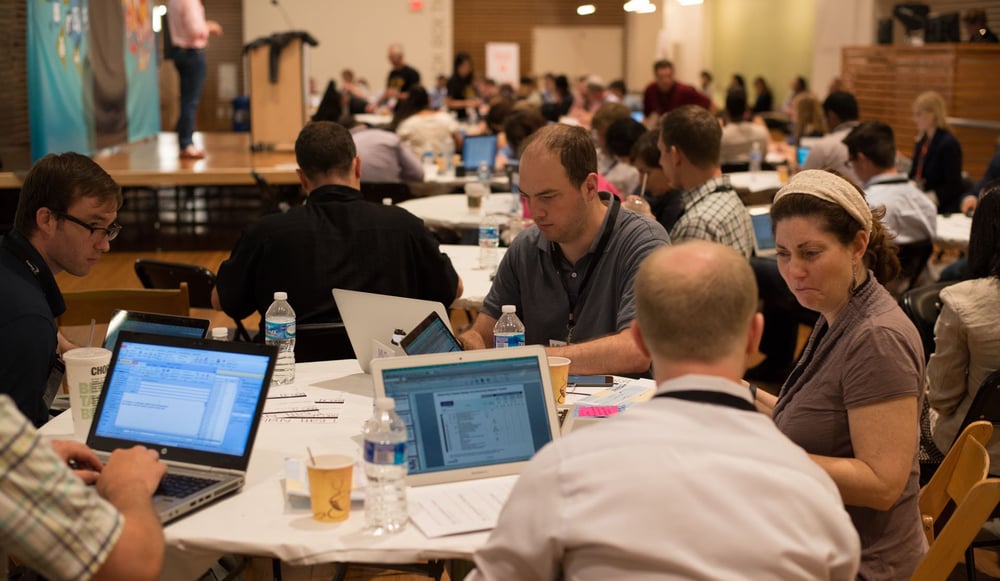Three Key Traits that Keep People Coming Back to a Mobile Game
Indie Development Tablet 16-07-15 Pete Erickson 2 min read

The best mobile games on the market have many things in common. More than anything else, they are designed to capture attention, spread through social connections, and make the player feel good about their accomplishments.
If you are developing a mobile game or are working to improve one of your existing titles, these three traits are vital to keep people coming back time and again for more.
#1 – A Strong Core Loop
A game’s core loop is the set of actions that a player will repeat during play. Although the action itself may have nearly identical mechanics, developers provide reasons for players to keep going in a number of ways. Generally, the core loop progresses through levels, which gives players a sense of satisfaction. As long as they are progressing, that sense of satisfaction will grow and keep them hooked.
Most developers will also gradually increase the game’s difficulty with each level to prevent boredom. However, a game that gets too hard too fast will only cause frustration. Difficulty should increase, but only a bit at a time. The progression often includes new, slightly more difficult mechanics that are designed to capture and hold the player’s interest.
#2 – Frequent and Progressive Rewards
Nobody wants to play a game without a reward system; in fact, the rewards are one of the most important systems to draw players back to the game. Some of the most effective reward tactics used in today’s popular mobile games include:
- Offering players an increasingly valuable bonus for each consecutive day they log in;
- Giving increased currency rewards for each level passed;
- Providing players a choice in the rewards they would rather receive;
- Allowing players to ask their friends for helpful items via social media outlets; and
- Offering extremely rare and very valuable rewards for completing optional (but very difficult) tasks.
The key here is to provide an incremental, ongoing reward for their actions. The more effectively a game does this, the longer a player will remain engaged and the longer they will play.
#3 – Competition and a Helpful Social Aspect
Finally, providing players with a Facebook-connected game that allows for friendly competition gives people a reason to keep playing. For example, if a player passes a level with a higher score than one of their friends, then that friend will receive a notification that his or her score was passed. That alone will often prompt the friend to log into the game and go back to that particular level to regain the high score.
What’s more, people are more likely to play a game when they see their friends playing it. Oftentimes, this is enough to encourage someone to download and install a game for the first time. If players can also use Facebook to ask their friends for help, whether that help involves getting past a particularly difficult level or obtaining the supplies needed to undertake a mission, it gives everyone a sense of satisfaction.
If you want to keep people coming back to your mobile game, you’ll need to concentrate on these three key traits. It will need a strong core loop, effective rewards that progress in value with difficulty, some friendly competition, and the ability to allow people to help one another via Facebook.
Learn more about monetization and strategy in mobile game app development and production at Amazon Developer Day, being held for free during Casual Connect on July 20th:
